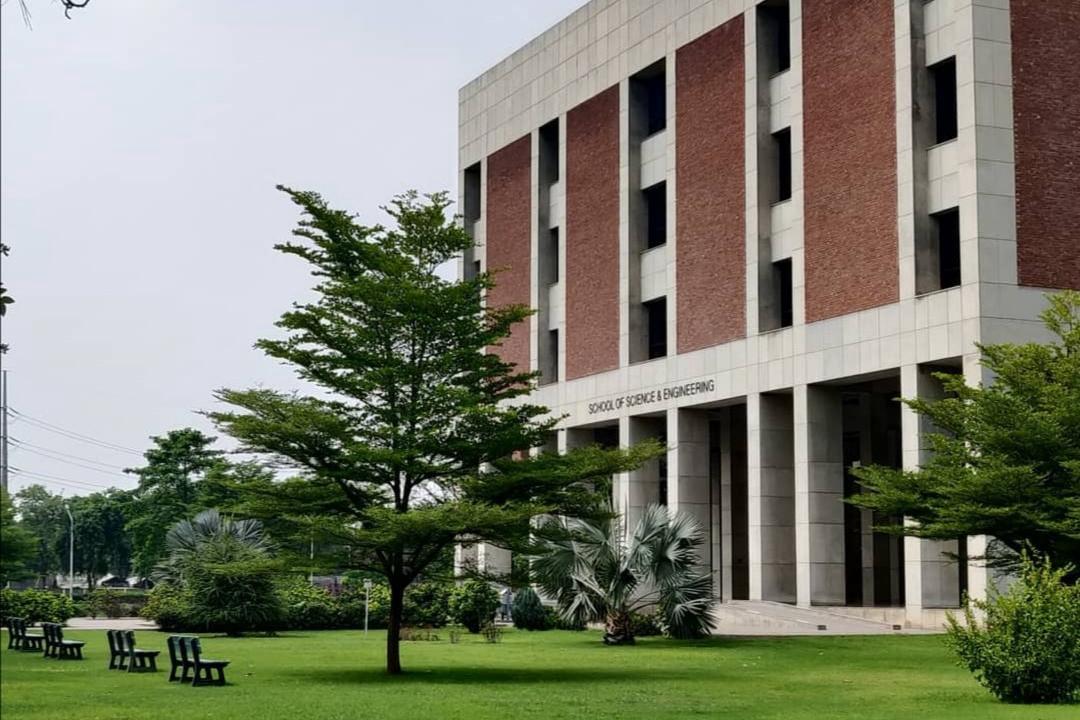
Event date:
Mar
3
2021
2:30 pm
Reconstruction of Position of Lagrangian Sensors for Data Assimilation in Hydrological Model
Supervisor
Dr. Abubakr Muhammad
Student
Muhammad Asad
Venue
Zoom Meetings (Online)
Event
MS Thesis defense
Abstract
The estimation of the spatio-temporal variation of water bodies for state variables, velocity (m/s) and water surface elevation (m) for unsteady flows in open channels has been investigated. It has been done by incorporating GPS location of a Lagrangian sensor in Saint-Venant hydrological model. Lagrangian sensor is a sensor that measures physio-chemical parameters of water quality and equipped with GPS module and floats passively with water bodies. With the GPS location of only one sensor, it is inadequate to estimate spatio-temporal variation in a better way. For better estimation more sensors are required that have GPS modules to incorporate their locations in developed hydrological model, which is a very costly solution. To address this problem, multiple sensors are considered. Only three of the sensors use GPS modules, called anchors, because three non-collinear anchors must require for two-dimensional space. The other sensors communicate with these anchors and with each other through radio signals. Euclidean Distance Matrix (EDM) approach was used to reconstruct the locations of remaining static sensors. Communication of static sensors provides incomplete EDM, Matrix with square of the distances between sensors in its entries, that leads to a semi-definite program to get static sensors' location up to rigid transform (rotated translated and reflected). Semi-definite relaxation is followed by spectral factorization that uses anchor measurements to reconstruct sensors' absolute location. For moving sensor Kinetic Euclidean Distance Matrix (KEDM) approach was used for reconstruction of sensor's trajectories. KEDM based approach uses polynomial trajectory model to model the motion of the sensors. Inspired from static reconstruction, semi-definite relaxation is followed by spectral factorization for trajectories reconstruction. In real application there may be noise and communication loss between any of two sensors. To address the communication loss problem, the path loss model is used. This model gives link joining probability which is the function of normalized distances between sensors. The i.i.d (Independent and Identical Distribution) noise is added between sensors' links to consider noisy measurements. KEDM approach shows promising results for noisy and lost connections. Hence results obtained from proposed approaches successfully reconstruct the locations and trajectories of sensors for both noisy and noiseless EDM and KEDM to estimate hydrodynamic parameters.
Zoom Link: https://zoom.us/j/91918344747
Meeting ID: 919 1834 4747

